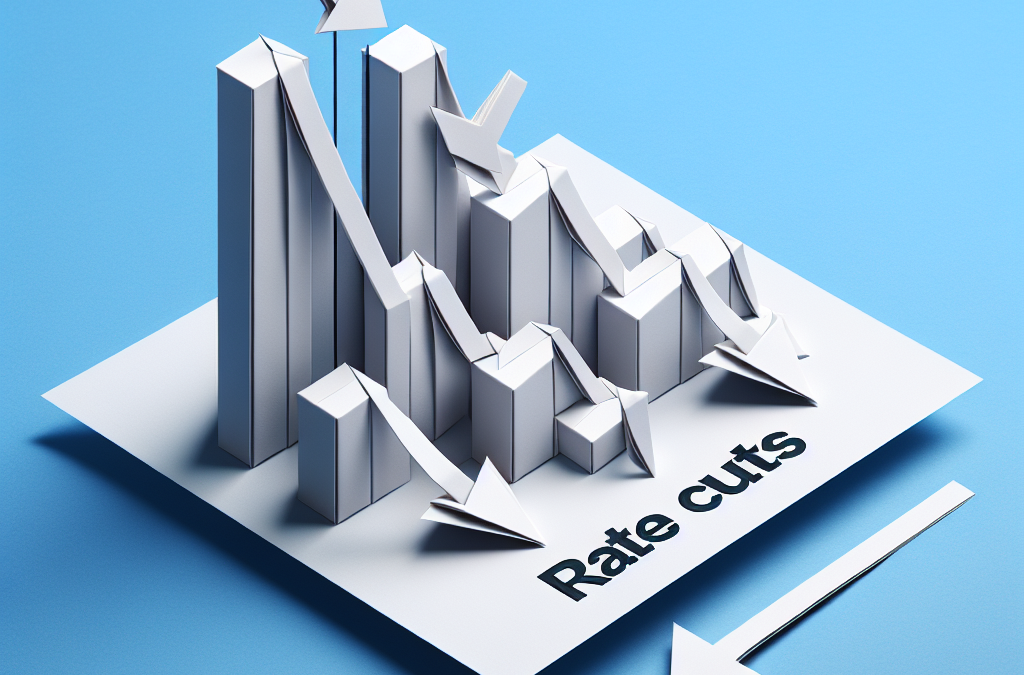An Insight into ‘How Big Will Rate Cuts Be?’
Today we take another shot at one essential concern—”how big will rate cuts be?” We’ll journey back in time to draw some insights from interest rate history.
Federal Reserve and Interest Rates
It all starts with understanding the Federal Reserve and its role in cutting interest rates. In a recent press conference, Chair Jerome Powell signalled a potential quarter-point drop in interest rates if conditions demand. Such decisions are apparently data-dependent and taken individually for every meeting.
A Walk Through History
Our analysis is grounded in data from the Federal Reserve Bank of St. Louis, dating back to 1954. According to this data, the Federal Reserve tends to reduce rates rapidly, far faster than its pace of increases. In the past 12 periods of rate cuts, dramatic and swift reductions were observed, with the majority associated with recessions.
Current Economic Scenario
In contrast to historical behaviour, Jerome Powell suggested a gentler rate cut, implying that the economy is robust and resilient. However, economic indicators of weakness are evident, including inventory builds in various sectors, declining same-store visits, and flailing sales at big retailers, significantly hinting that the American consumer is maxing out.
| Year | Rate Fall |
|---|---|
| 2000 | 6.5% to 1.8% over 12 months |
| 1975 | 12.9% to 5.5% over 10 months |
| 1970 | 9% to 3.7% over 15 months |
| 2007 | 5% to 0% over 16 months |
| 1957 | 3.5% to 0.6% over 7 months |
The signs are clear, including the rush into buying treasuries at higher rates. Jerome Powell’s recent statements, coupled with a rise in unemployment rates, strongly suggest a rate cut in September unless unexpected changes occur in the coming weeks. Still, based on historical instances, the cuts might be more drastic than a mere quarter point.
Stay connected and discover more about my work in real estate and by visiting and following me on various platforms:
Real Estate Espresso Podcast:
- 🎧 Spotify: The Real Estate Espresso Podcast
- 🌐 Website: www.victorjm.com
- 💼 LinkedIn: Victor Menasce
- 📺 YouTube: The Real Estate Espresso Podcast
- 📘 Facebook: www.facebook.com/realestateespresso
- 📧 Email: [email protected]
Y Street Capital:
- 🌐 Website: www.ystreetcapital.com
- 📘 Facebook: www.facebook.com/YStreetCapital
- 📸 Instagram: @ystreetcapital



